The much anticipated new Tata Harrier EV has been launched in India starting from Rs 21.49 lakh (ex-showroom). Based on the “acti.ev+” platform and stylised as Harrier.ev, it will sit above the Curvv in Tata’s electric vehicle (EV) line-up.
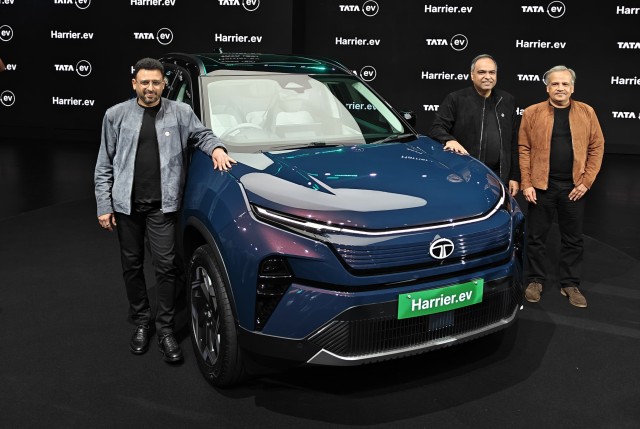
When it comes to the new Tata Harrier.ev there is a lot that’s similar and a lot that’s different from Tata Motor’s new flagship electric SUV. At a glance, it is actually quite similar to the ICE-powered Harrier in design with the connected lighting elements and aggressive bumpers. There are EV-specific changes throughout, though, starting with a closed-off front grille, silver skid-plate at the rear, aero-optimised five-spoke alloy wheels, “EV” badging on the front doors and “Harrier.ev” lettering on the tailgate.
Inside, there aren’t too many differences between the diesel-powered Harrier and the new Tata Harrier.ev as the layout is pretty much identical. The Harrier.ev does carve out its own identity with a different-coloured theme and EV-specific graphics on the digital real estate.
Key features include a 14.53-inch Samsung Neo QLED touchscreen by Harman, a panoramic sunroof, a fully digital driver information display, dual-zone climate control, ventilated front seats, and a “Boss” mode for the left rear passenger to control the front passenger seat. Dolby Atmos-certified JBL Black audio, 65-W fast wireless charging, IRA connected car tech, support for Amazon Alexa assistant, and a powered tailgate. Specific to the EV, there’s also a “Summon” mode that allows the SUV to be moved forward and backwards using the digital key.
So far as safety is concerned, the structure has benefited from the use of 57.5 per cent special steels. The floor is flat, and Tata have adopted stadium-style seating. The safety equipment list also includes ABS with EBD, ESC, a 540-degree view camera including transparent bonnet view and kerb impact alert, blind-view monitor, fully automated parking, reversing assistant, hill-hold assist, an electronic parking brake with auto hold function, a tyre pressure monitoring system (TPMS), adaptive damping control, and even Level 2 ADAS with a separate ECU, apart from a full complement of airbags.
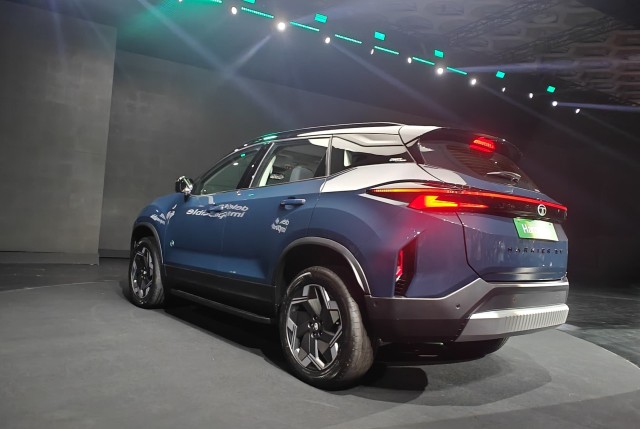
The biggest changes are under the skin. There is a choice of a single rear permanent-magnet electric motor or the rear e-motor paired with a 116-kW front induction motor making for an all-wheel drivetrain dubbed “QWD”. Developed together with Schaeffler, it delivers up to 175 kW (238 hp) and 304 Nm, with up to 340 Nm in “Boost” mode. The theoretical peak output for the QWD, which uses dynamic torque handling, goes up to 396 hp and 504 Nm, good enough for 0-100 km/h in a claimed 6.3 seconds using Boost mode. There are also four regeneration modes.
Powered by either a 65- or 75-kWh battery pack, it is enough for a claimed range of up to 627 km (MIDC) or a C75-rated range of between 480 and 505 km. What’s more, a top-up for 250 km of range takes just about 15 minutes using a 120-kW DC fast-charger. The system also supports vehicle-to-vehicle (V2V) and vehicle-to-load (V2L). With DrivePay, charging and payments are made easier, too. There is even a range polygon to display projected range.
Acknowledging its Land Rover genes, there are also six terrain modes—Normal, Sand, Mud/Ruts, Snow/Grass, Rock Crawl, and Custom—to deal with different surfaces. It also boasts of a 25.3° approach angle, a 26.4° departure angle and a 16.6° ramp breakover angle for additional off-road prowess.
There are a number of variants available from 65-kWh single-motor RWD and 75-kWh single-motor RWD to the 75-kWh dual-motor QWD, wearing Adventure, Fearless and Empowered personas, as well as available in the exclusive blacked-out Stealth edition.
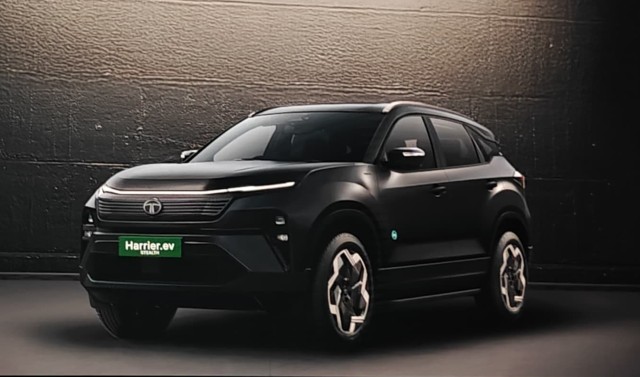
Where does the new Tata Harrier.ev stand in the EV space? At this price, it rivals the likes of the Mahindra XEV 9e.



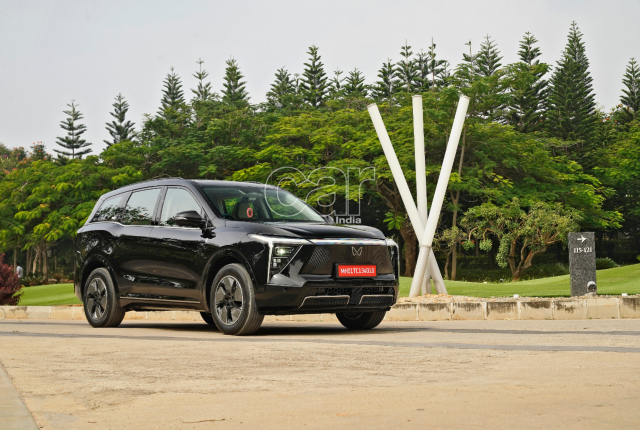
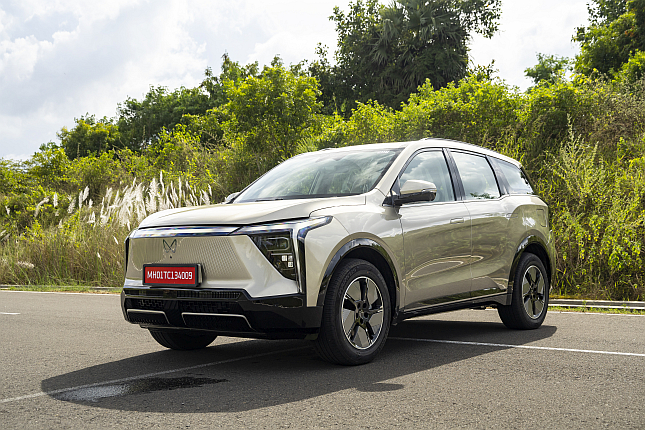
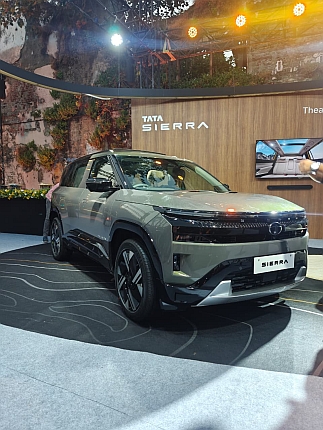

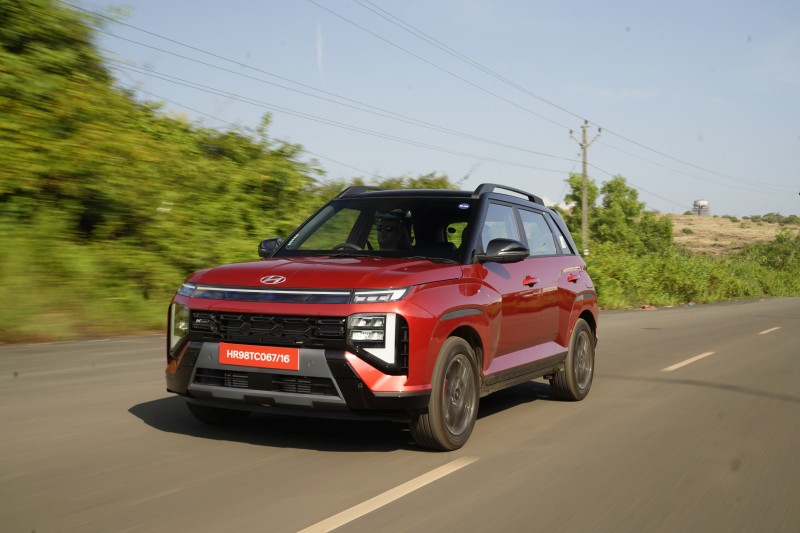
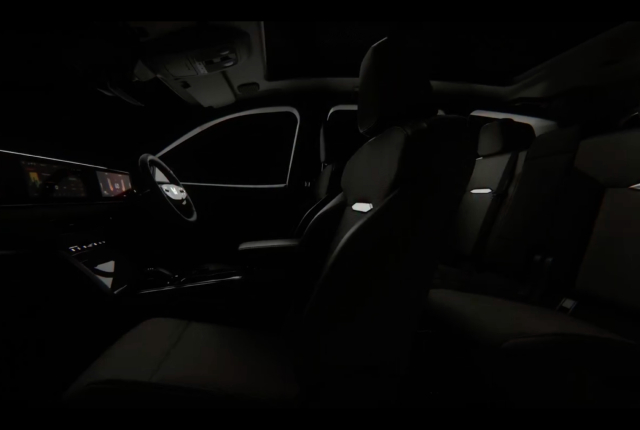
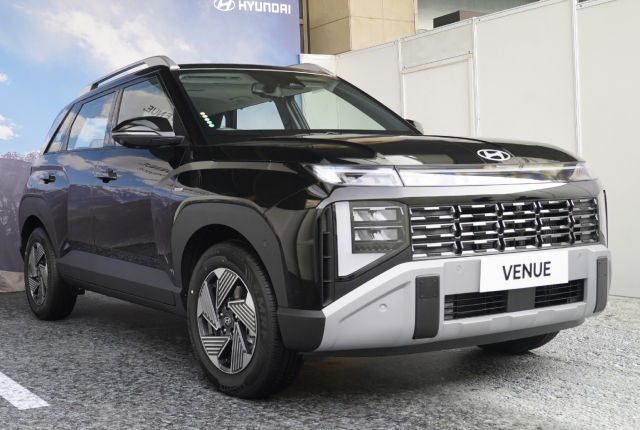
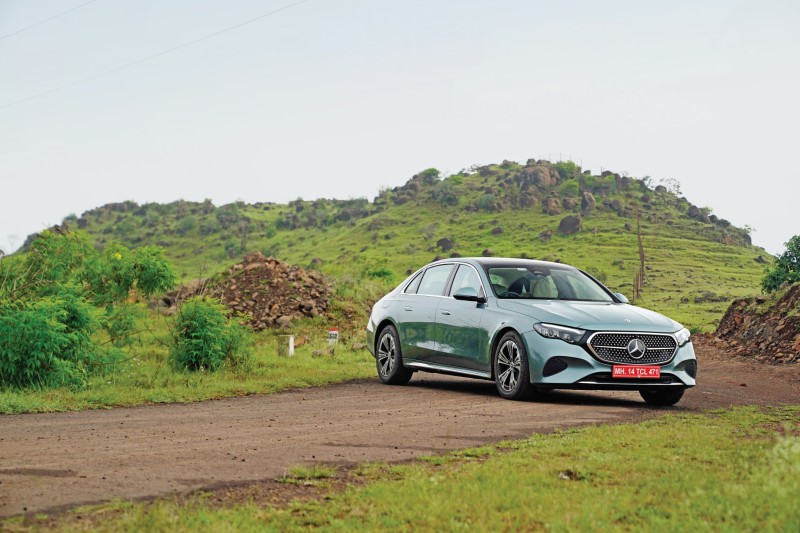

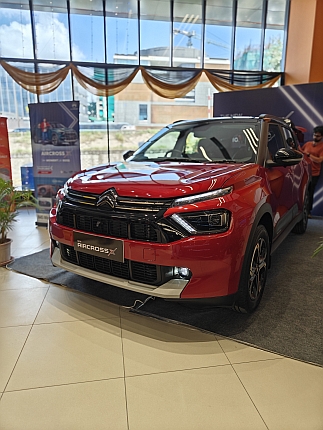


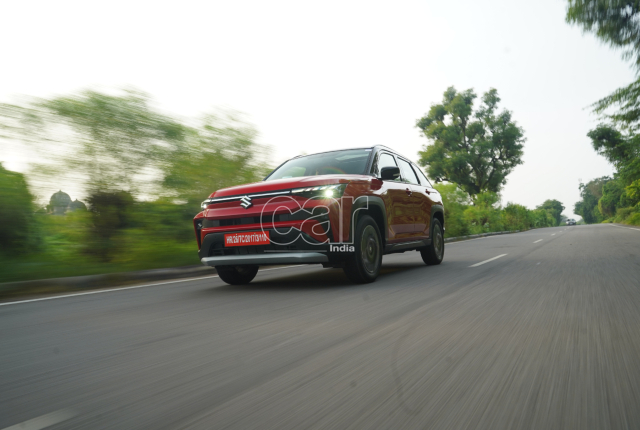
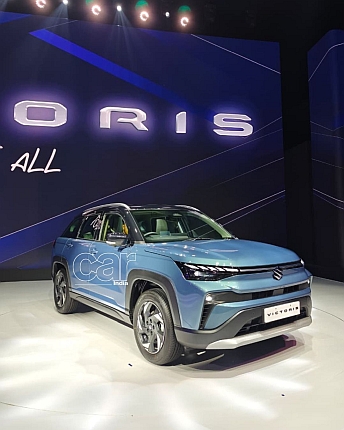

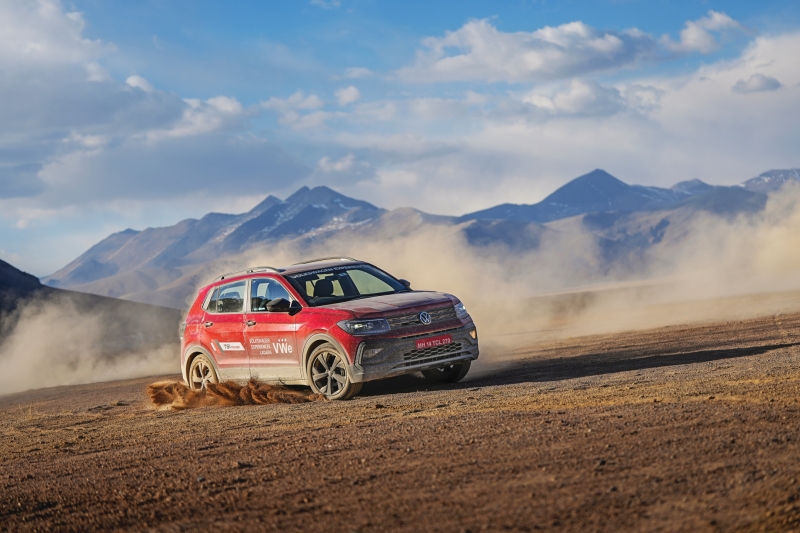
Leave a Reply